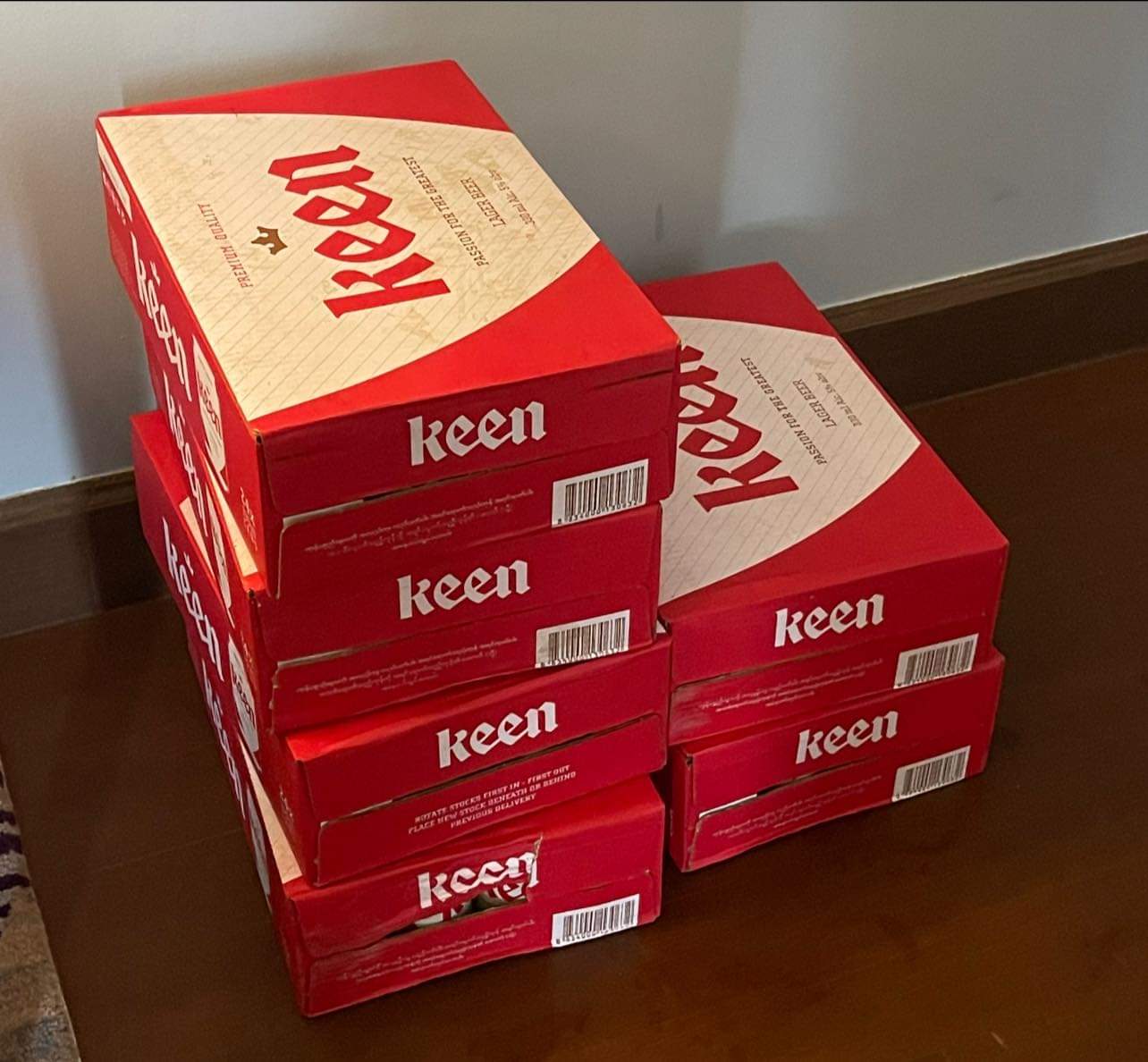Regulatory updates and adaptation are critical components of effective compliance management. Here’s how you can stay informed about regulatory changes and adapt your organization’s processes accordingly:
Monitor Regulatory Sources: Regularly review official sources of regulations and updates relevant to your industry and geographic locations.









This includes government websites, regulatory agencies, and legislative bodies at the local, state, and federal levels.
Subscribe to Alerts and Newsletters: Sign up for email alerts, newsletters, and publications provided by regulatory agencies, industry associations, and professional organizations. These resources often provide timely updates on regulatory changes and their implications for businesses.
Engage with Regulatory Authorities: Establish communication channels with regulatory authorities and participate in industry forums, workshops, and advisory committees. Engaging directly with regulators can provide valuable insights into upcoming changes and help shape compliance strategies.
Utilize Regulatory Compliance Software: Consider investing in regulatory compliance software or platforms that provide updates on relevant regulations and automate compliance monitoring processes. These tools can help streamline compliance efforts and ensure timely adaptation to regulatory changes.
Consult Legal and Compliance Experts: Work with legal counsel and compliance experts who specialize in your industry to interpret regulatory changes and assess their impact on your organization. They can provide guidance on compliance requirements and help develop strategies for adaptation.
Educate and Train Employees: Provide regular training and educational sessions to employees on new regulatory requirements and updates. Ensure that employees understand their responsibilities for compliance and are equipped with the knowledge and resources to adhere to regulations in their day-to-day activities.
Conduct Impact Assessments: Perform impact assessments to evaluate how regulatory changes will affect your organization’s operations, processes, and compliance programs. Identify any gaps or areas of non-compliance that need to be addressed and develop action plans to mitigate risks.
Update Policies and Procedures: Review and update internal policies, procedures, and compliance documentation to reflect changes in regulations. Ensure that employees are aware of updated policies and procedures through communication channels such as employee handbooks, intranets, and training materials.
Implement Change Management Processes: Establish change management processes to facilitate the implementation of new compliance requirements across the organization. Communicate changes effectively, allocate resources as needed, and monitor progress to ensure successful adaptation.
Monitor and Review Compliance Performance: Continuously monitor compliance performance metrics and key indicators to assess the effectiveness of adaptation efforts. Regularly review compliance processes, controls, and practices to identify areas for improvement and optimize compliance management strategies.
By proactively monitoring regulatory updates and adapting your organization’s processes to meet new compliance requirements, you can ensure ongoing adherence to regulations and mitigate risks associated with non-compliance.

Leave a Reply